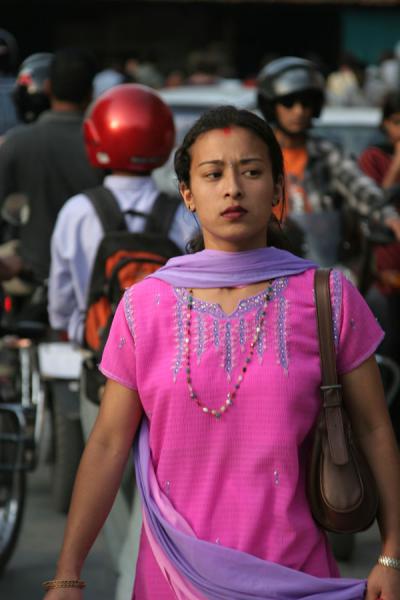
The Maoists were active in 68 districts out of the total 75 and had parallel governments in 32 of the districts. The incidents have made it clear that the Maoists were planning these attacks even as they began the peace talks in August. Whatever may be the cause the killings expose the limitations of the security force in dealing with the situation. It can be concluded that dropping of the key demand is a tactical move, because as long as the demand for a constituent assembly remained, republicanism too remained their ultimate goal. The rebel sources said that having already been forced to drop a key demand earlier, which was the establishment of a republican regime, they could not be expected to be more flexible. It is likely that the killings could have been aimed at putting pressure on the government to concede the rebels demand for a constituent assembly to frame a new constitution. Some analysts have attributed it to the reported infighting between the moderate and the militant factions of the Maoist Communist Party. It is believed that Prachanda, the Chairman of the Maoist Communist Party was facing increasing opposition within his own ranks to the peace talks and had to back this violence to establish his credibility among the group. However, after three rounds of talks beginning in August, the rebels withdrew from the negotiation in the first week of November and took to armed violence blaming the government for the failure of the talks. Koirala, had initiated talks with the Maoists in August 2001 to resolve the matter peacefully. Prime Minister Sher Bahadur Deuba who succeeded G. The recent killings of the police and army personnel in Nepal have once again brought into focus the serious problems of internal security and political instability in the Nepalese kingdom. The paper also analyses whether the counter-insurgency method would succeed, if not, what could be the reasons, behind its failure. Morover, the implications of the foreign policy agenda of the Maoists on the Indo-Nepal relations are also examined. This paper analyses some of the grievances of the Maoists and examines why the political parties have not been able to address them. Their demands ranged from socio-economic issues, political agenda based on ideology to foreign policy issues. The negotiations with the government failed due to the uncompromising stand taken by the Maoists. Backed by a strong and committed cadre, the Maoists perpetuated violence by making the government offices defunct in areas under their control. Their ideology of a classless society appealed to the masses in these backward regions. Moreover, the Maoists established Peoples Government in many parts of Nepal. The Maoists capitalised on these grievances and convincingly articulated the aspirations of the people. The Nepalese did not see much change in the political system because many leaders of the Panchayat regime continued to occupy important positions in the democratic regime.



While political survivability of the government remained shaky, the administrative corruption and mismanagement became the hallmark of the government. The political instability and frequent change in government gave less time to the parties to concentrate on the issues pertaining to economic development and social upliftment. Reintroduction of democracy in 1990 raised Nepalese expectations regarding governance.

The Maoist Insurgency in Nepal is an offshoot of the socio-economic grievances accumulated over a period of time. Maoist Insurgency in Nepal: Examining Socio-Economic Grievances and Political Implications A Monthly Journal of the IDSA Jan-Mar 2002 (Vol.


 0 kommentar(er)
0 kommentar(er)
